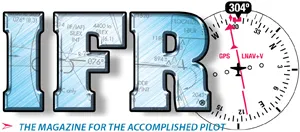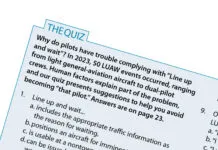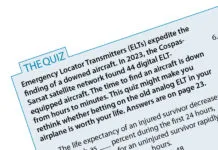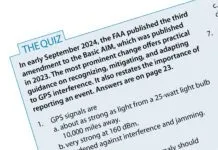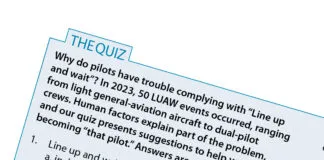Departure in IMC can lead to a CFIT or midair collision after even a slight deviation from the published procedure. Review the practices below to avoid getting caught during this critical phase of flight.
© 2025 Firecrown Media Inc. All rights reserved.
